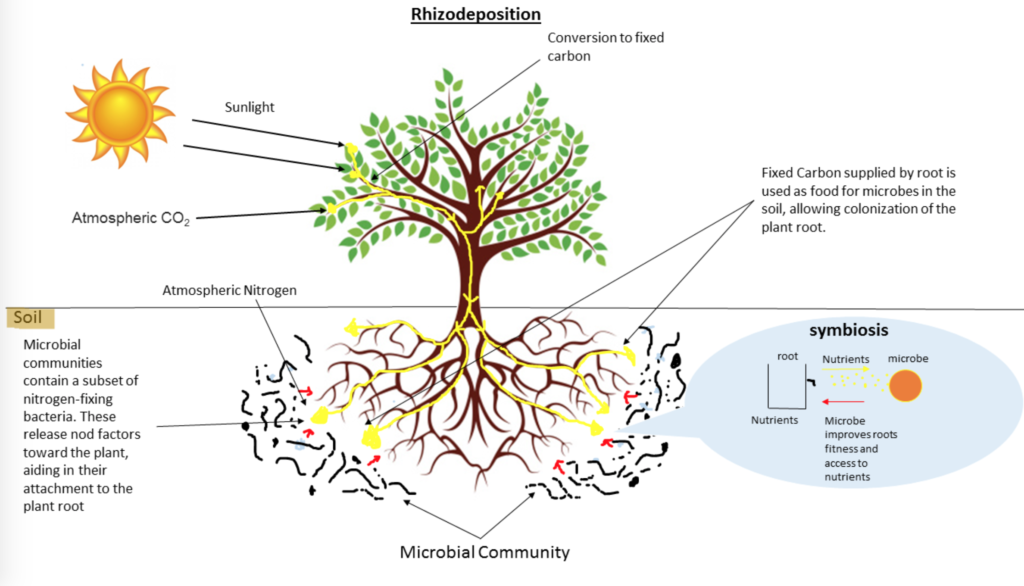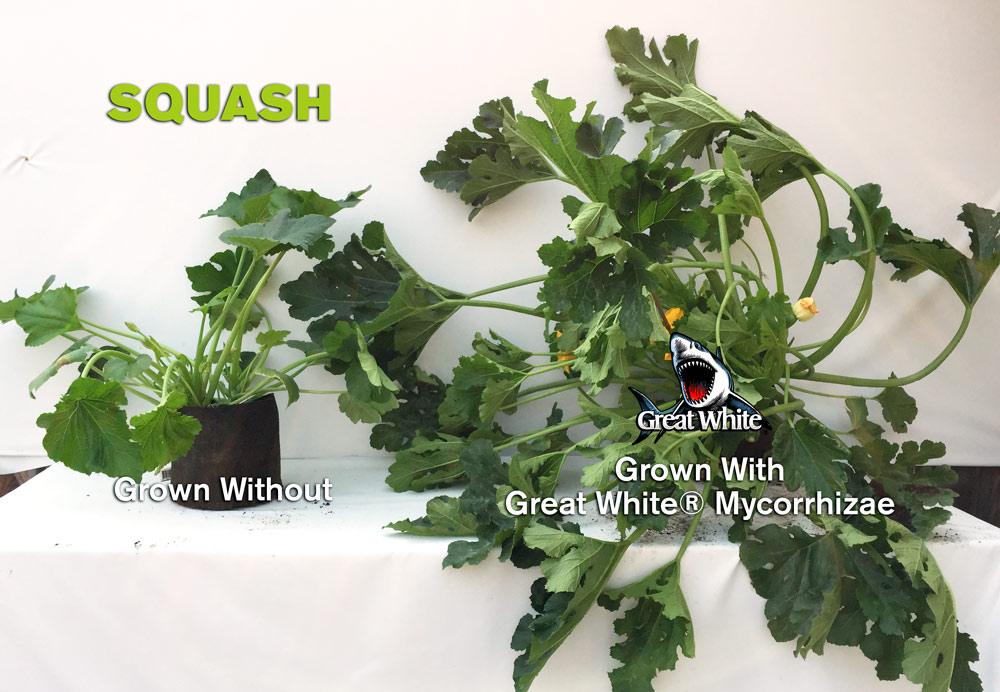-Luis Guerra-

Working indoors with hydroponics or bagged soil is a great way to get the results you need without some of the hardships that arise when growing outdoors. But some thing indoor plants are not exposed to that is crucial in plant development and health is beneficial microbes and fungus. Just beneath our feet, these microorganisms are quietly working symbiotically in nature to enhance plant health. Lucky for us there are devoted scientists studying and identifying which of these organisms can be cultivated and packaged to help us in our indoor gardens. Two principle beneficial organisms are bacteria and fungi (mycorrhizae).
Beneficial bacteria that colonize on the roots of plants digest nutrients in growing media. This process allows plants to “take up” those digested nutrients as food and also work to maintain a healthy root system. With the proper bacteria colonies, your nutrient regimen will be much more effective. They can even ward of pathogens that can attack your plants’ root zone.
Mycorrhiza (a fungus that grows in a symbiotic relationship with plants) also works in the root zone. For softwood plants it pierces the roots (endo) and with hardwood varieties it surrounds them (ecto). After attaching itself to your plants’ roots, mycorrhiza helps “mine” minerals and nutrients deep and wide in exchange for sugars produced by the plant via photosynthesis. By working with your roots, mycorrhizae massively increase the size and effectiveness of the roots’ surface area and ability to take up water.
Although it seems like there is a new product out on the market monthly, there are those prefered products that our customers specifically come into Fifth Season to shop for.
Great White: This cutting edge formula contains 16 different species of mycorrhizal fungi, 14 different species of beneficial bacteria and 2 species of trichoderma, all in one product. The water-soluble powder makes application a snap and delivers the spores directly to the roots for immediate germination.
Oregonism XL by Aurora Innovations: A custom blend of seven endo/ecto mycorrhizae species, two types of Trichoderma, and thirteen species of beneficial bacteria, as well as yucca, humic acid and soluble kelp.
General Hydroponics Subculture B&M: SubCulture-M is a unique blend of mycorrhizae that can be dusted on roots during transplant or mixed in with your nutrients. SubCulture-B is a blend of cultured bacteria that can be used in hydroponic reservoirs and in soils.
This is a very basic description of how we can benefit from microorganisms whether you are growing basil or rare peppers in soil or hydroponically. They can even be used to get a jump start when growing outdoors.


Roland Millward says
I found this quite a fascinating read. Nature is wonderful!
SUWAID says
nOT BAD